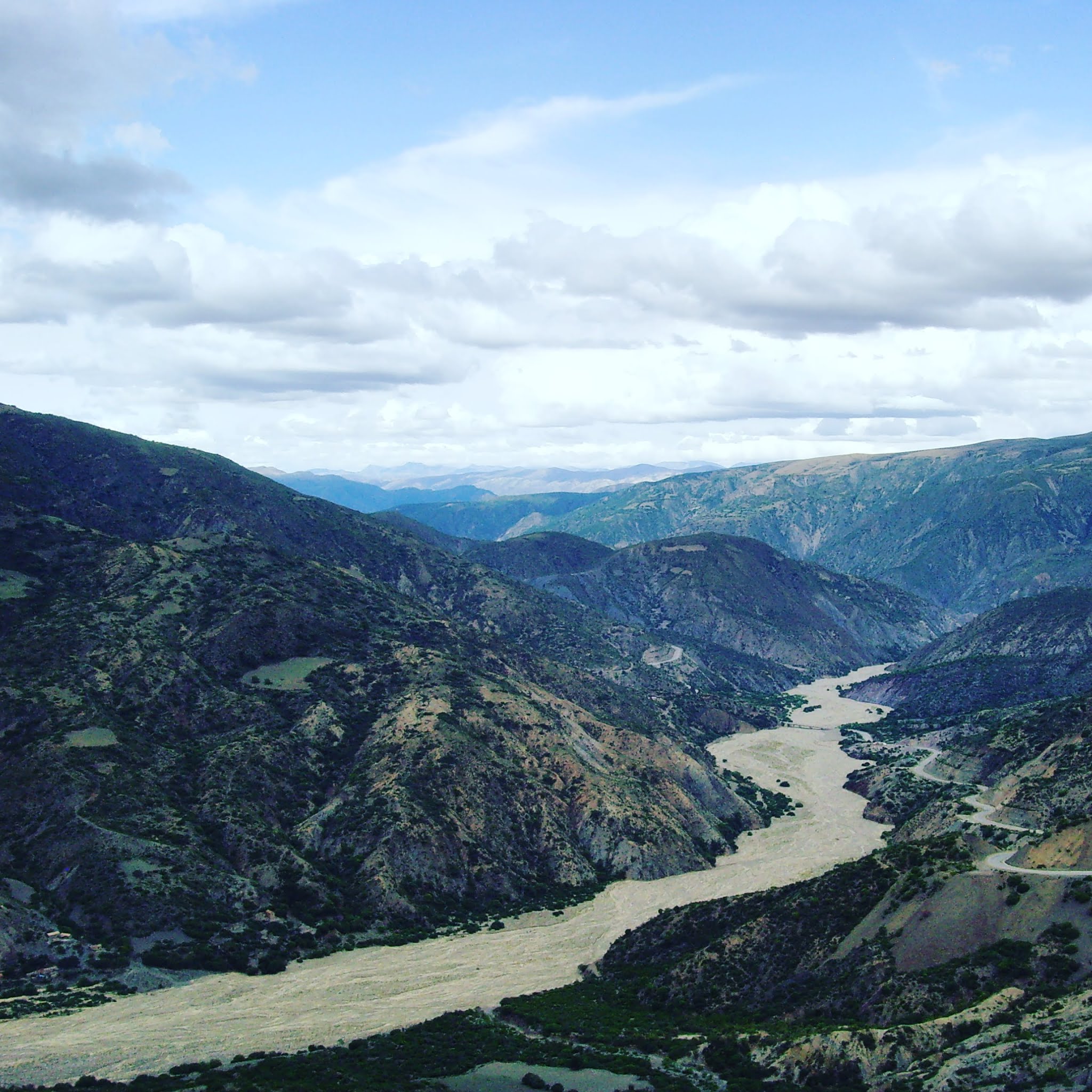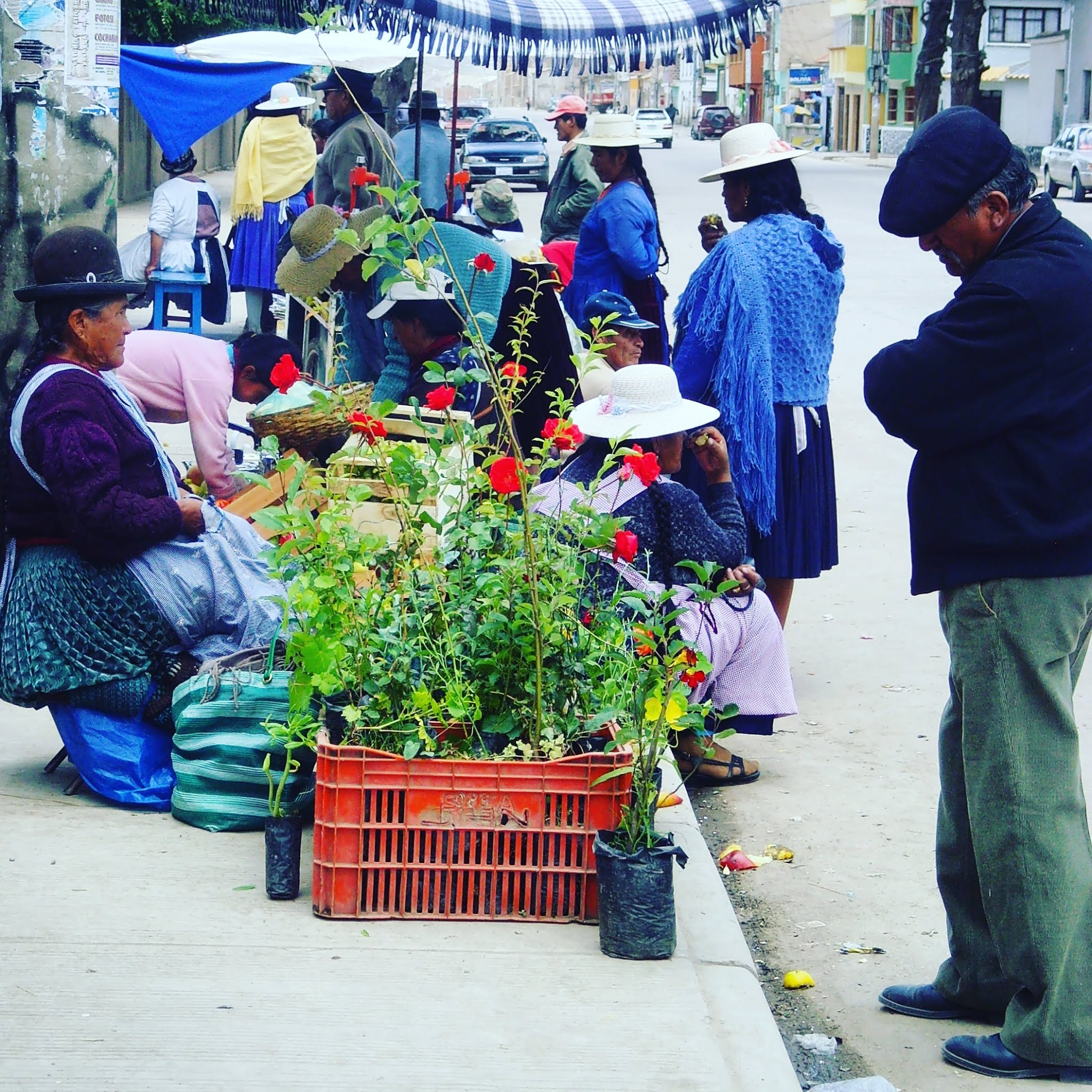The city of Potosi, in landlocked Bolivia, took my breath away, literally. At 4,067 meters, it’s one of the highest cities on earth. In Potosi, the air is thinner, there’s less oxygen, and it becomes harder to breathe. But that doesn’t mean you shouldn’t visit. The key to adjusting to Bolivia’s altitude is to travel into the country by land and to travel slowly. During my four-month-long trip to South America, I spent just over three weeks travelling through Bolivia’s stunning landscapes, checking out the fascinating mask museum in La Paz and arrived in Potosi about midway through. I'd recommend traveling to Potosi by public bus, leaving Uyuni town at 10am and arriving in Potosi around 2pm. My bus broke down for about 40 minutes (this happens a lot in Bolivia), but it was fixed pretty quickly. During my time in Bolivia, the roads were some of the worst I’ve witnessed with unpaved sections, insane bends and a huge amount of pot-holes. The mountainside drops from the road's edges, ensuring an extremely nail-biting ride, but I’ve heard the roads are much better on this stretch now.
 |
| The incredible views on the drive up to Potosi, the highest city in the world |
Because of the city's historic abundance of silver, hundreds of mines surround Potosi, but the history of the mines here is overwhelmingly sad. Over eight million people have died mining in the dark, dusty, airless tunnels, including many children, while the average lifespan of a miner is 35-40 years old. Cooperatives around town offer informative tours where it's possible to learn more about the mine's bleak history. Many of these mines have a statue of the God of the Underworld, El Tío, inside, and miners believe the god helps to protect them as they work. They offer alcohol, cocoa leaves and cigarettes to the statues daily. Sometimes a llama is sacrificed at the entrance of the mines for good luck, too, with some of the blood being offered as a gift to El Tío. If you want to learn more about the mining of Potosi and the God of the Underworld, I’d recommend watching The Devil’s Miner, a fascinating film that follows the then 14-year-old Basilio Vargas, who worked the mines since the age of 10. Basilio still works the mines today, but recently suffered a catastrophic fall that meant he lost his livelihood. A GoFundMe page has been set up to provide Basilio with the funds he needs to quit mining for good.
 |
| Fruit and vegetable market in Potosi, Bolivia |
Aside from Potosi's mines, it's worth spending a few days getting acquainted with daily city life. During my time there, I wandered through fruit and vegetable markets, picked up cocoa leaves to chew (they help with altitude sickness), explored beautiful colonial buildings and admired the traditional Bolivian outfits. The way the women of Bolivia dress is incredibly beautiful, with most wearing their long dark hair braided into two even plaits, and topped off with a bowler or sunhat perched perfectly on top. Many wear huge, elaborately patterned full skirts over pretty petticoats and hand-knitted cardigans—it's such a smart look.
 |
| Street-side plant stall in Potosi, Bolivia |
During my time exploring Potosi, I based myself in a very basic guesthouse called Novembre 6th, but there are many other options depending on your budget. From Bolivia's highest city, I found it fairly easy to continue my travels, continuing over to the pretty town of Sucre, just under three hours away, and then into Peru to trek Colca Canyon independently. From there, don't forget to check out the awe-inspiring Nasca Lines, which can be viewed without flying; don't miss them.
Post a Comment